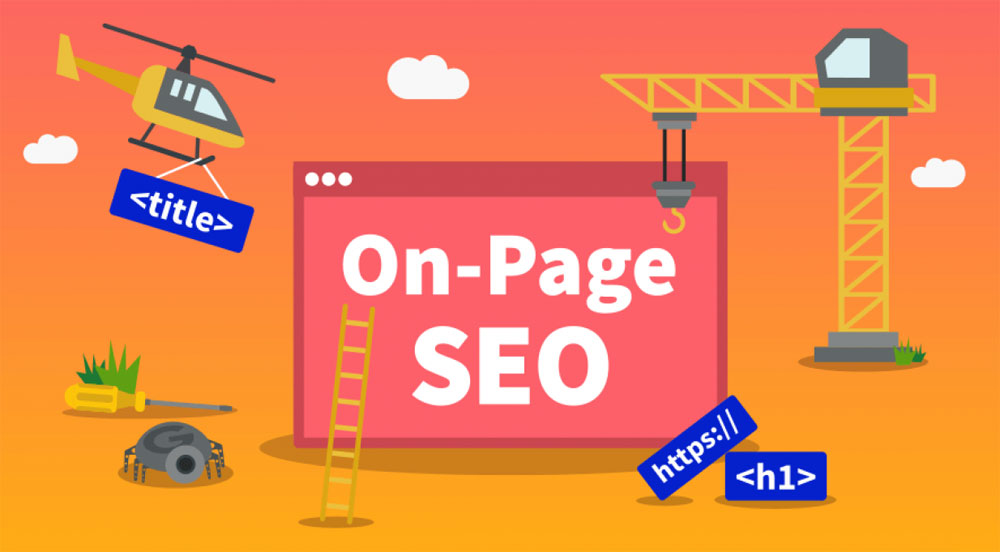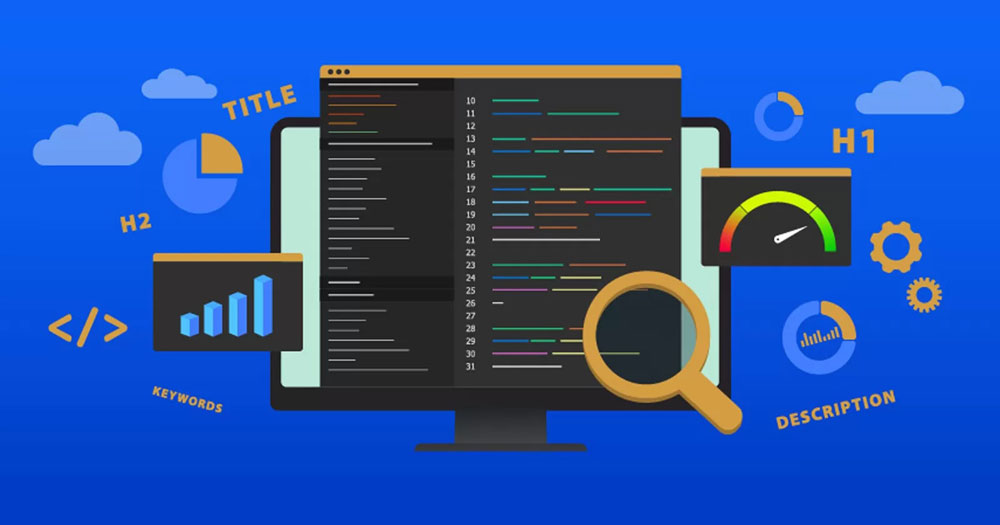
How well do you know your on-page ranking factors? Some of the basic SEO techniques start on the page itself, so by getting these best practices in order, you’ll be well on your way to an optimised site. Check out these six golden rules of on-page SEO and if you haven’t already, implement them into your strategy.
Table Of Contents
Key Takeaways
- Prioritise high-quality sharable content: Google values unique and valuable content. Make your content engaging, insightful and 100% unique to satisfy search engines. Focus on user engagement and sharing potential.
- Optimise meta tags for SEO: Meta tags are vital for indexing and ranking. Follow best practices such as concise page titles (50-65 characters), impactful meta descriptions (150-160 characters) and descriptive alt tags for images. Simplify URLs and ensure mobile-friendliness.
- Prioritise fast loading times and responsive design: Google considers loading times in its algorithms. Optimise loading times by minimising redirects, using caching systems and avoiding large images. Additionally, ensure your website is mobile-friendly for better SEO performance.

1. Dedicate Yourself To High Quality Content
Google is constantly evolving its algorithms to ensure only high quality, useful content is delivered high in the search results, which means that producing excellent content should be top of your digital marketing strategy. All content should be 100% unique to satisfy the search engines, but it should also be valuable and offer true insight into a topic so that visitors engage with it and are likely to share it, which leads us on to rule number two.
2. Aim For Shareable, Linkable Content
The more links you have to your web page, the more Google understands that it is reputable content which deserves to rank high. When pursuing your link building strategy you’ll likely be most successful when you have high quality content to offer.
Plus, you’ll find your content being shared naturally if it has something valuable to offer; add social sharing buttons to pages to make the sharing process really simple for visitors.
3. Don’t Forget About Meta Tags
Meta tags are incredibly valuable pieces of information that the search engines use to index and rank content since they’re some of the basic elements which describe the content of a web page. Follow these best practices:
• Page titles should include the main focus keyword once, preferably towards the beginning, and be under 55-65 characters long. Keep them reasonably short, simple and to the point.
• Meta descriptions, which describe the content of the page in the search engine results, should contain the focus keyword once, preferably towards the beginning and be between 150 and 160 characters in lenght, ideally a maximum of 150 characters. Describe the page content succinctly and give the user a compelling reason to click.
• All images should have short and sweet alt tags describing what they are. This helps search bots understand that they are relevant to the rest of the content on your page. If possible, use your focus keyword in at least one image on the page, but only if it’s an accurate description of the image.
• URLs should be short and simple. Aim to include the focus keyword and accurately describe the page, but remove fillers like ‘and’ and ‘the’. Use hyphens to separate words so that Google can accurately pick out keywords. Your URLs should be simple enough that a user could type them directly into the address bar without making mistakes.
4. Aim For Fast Loading Times & Responsive Web Design
Almost 50% of internet users expect a web page to load within three seconds and will abandon a site which takes more than three seconds to load. Google appreciates this and factors loading times into its algorithms.
Avoid large images, minimise redirects, have scripts and CSS load on external pages and implement a caching system such as W3 Total Cache or WP Super Cache from the WordPress plugin directory – all of these techniques can keep page load times nice and fast.
We published a great blog post on our website about the best WordPress plugins to speed up your website. Also, if your website isn’t mobile friendly, this will hurt your SEO efforts. If you are unsure whether your website is mobile friendly, check out Google’s mobile-friendly test tool.
5. Use LSI Keywords
Latent semantic indexing (LSI) keywords are simply synonyms or alternative words for your focus keyword. Not only do they allow you to avoid cramming a page with a single keyword – a red spam flag to Google – but they also demonstrate to the search engine that the page offers valuable content on that topic, and should therefore rank higher.
6. Build Outbound Links
Just as inbound links demonstrate the value of your content to Google, outbound links prove that you’re offering valuable sources for your readers, too. Link to other sites which are truly relevant to your content and which appear to be reputable themselves; not only will your visitors appreciate the extra information, but it gives Google a better understanding of your content as well.
Frequently Asked Questions
What are on-page ranking factors and why do they matter for SEO?
On-page ranking factors influence a webpage’s search engine position. They matter for SEO as they convey a page’s content and relevance to search engines.
What are the crucial on-page ranking factors for SEO?
The six key factors are keyword optimisation, content quality, meta tags, URL structure, header tags and image optimisation including alt text.
How does keyword optimisation impact on-page SEO?
Keyword optimisation is crucial because it signals to search engines the relevance of a webpage to user queries, improving its search ranking.
What are the best practices for on-page content optimisation?
Use relevant keywords, create high-quality content, optimise meta tags, maintain clean URLs, use header tags properly and optimise images for better on-page SEO.



